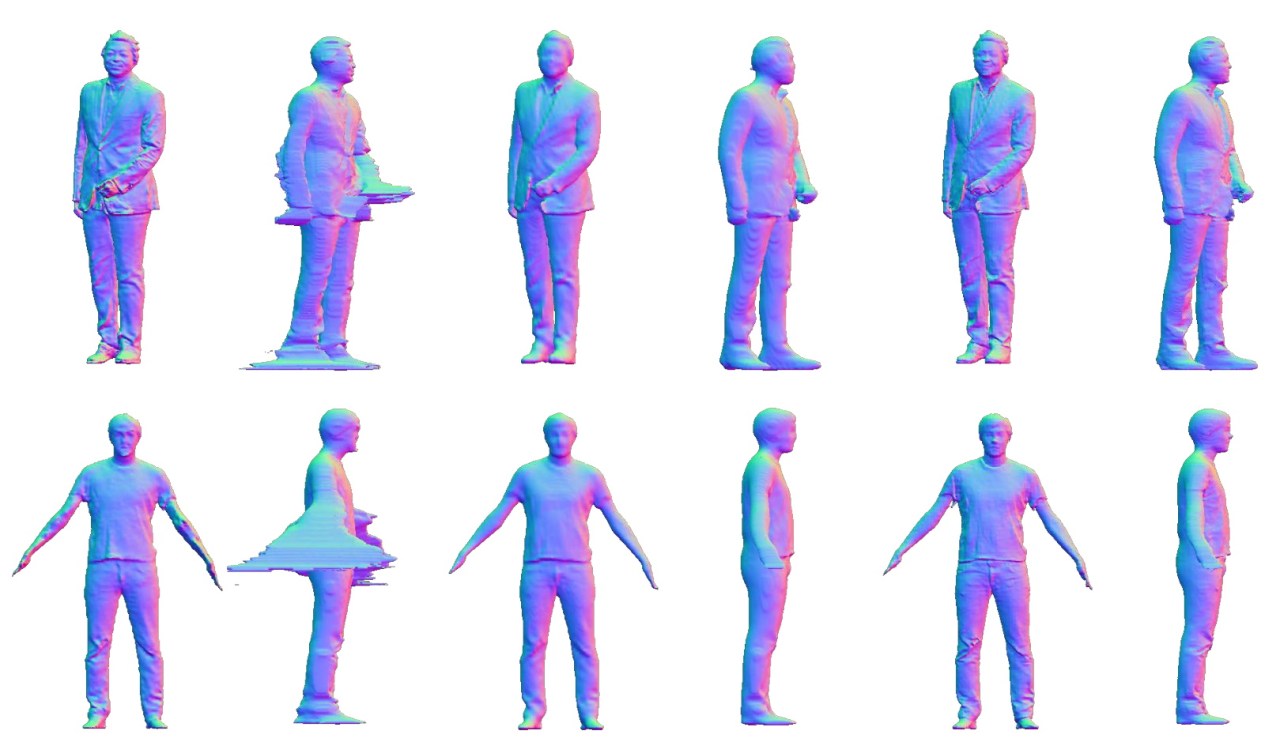The world of artificial intelligence is constantly evolving, and the latest advancements have emerged from the esteemed Computer Vision and Pattern Recognition (CVPR) summit. Tech giants like Microsoft, Facebook, Amazon, and Google have come forth with groundbreaking research that showcases the immense potential of computer vision technology. This blog takes you through some of the most exciting papers presented, highlighting not only their technical innovations but also their real-world applications. Let’s dive in!
Rescuing Memories: Automatic Photo Restoration
One of the standout contributions from Microsoft was their innovative approach to photo restoration. As we sift through family shoeboxes filled with old photographs, we often encounter creased, torn, or faded images that tell stories from our past. Microsoft’s team developed a remarkable system capable of automatically repairing these damaged photos.
- Advanced Techniques: The solution involves a triplet domain translation network, which takes advantage of both genuine photographs and an extensive set of synthetic image pairs. This novel method allows the system to identify different types of degradation and reconstruct the images with impressive accuracy.
- Broad Appeal: Millions of individuals have old photographs sitting unprocessed away in their homes. If Microsoft successfully turns this remarkable research into a product, it could significantly help people restore their cherished memories.
Seamless Face Swapping: Higher Quality, Fewer Laughs
Another intriguing development from Microsoft revolves around improving the technology behind face-swapping applications. Unlike previous technologies, which often produced bizarre or comical results, Microsoft’s enhanced system addresses common issues that lead to poor outcomes.
- Deep Understanding: The new algorithm better comprehends how to extract relevant facial features, maintaining the original lighting and hairstyle to create a more realistic outcome.
- Industry Relevance: This technology isn’t just a novelty for social media use; it promises great functionality in film and television, vastly enhancing digital production practices.
Sign Language Translation: Bridging Communication Gaps
Microsoft’s research also extends to creating a more sophisticated translation engine for sign language. Understanding the nuances of sign language is complex, as it communicates meaning in three dimensions and doesn’t always translate directly into written words.
- Contextual Knowledge: By recognizing the gloss of sign language presented in video format, the translation engine gains an added layer of understanding, which significantly enhances its accuracy compared to existing systems.
- Transformative Potential: With further advancements in sign language translation technology, we are looking at the very real potential for improved communication and accessibility for the hearing-impaired community.
Fashion Forward: Body-Aware AI Models
Fashion is undergoing a seismic shift thanks to artificial intelligence, and Facebook’s contribution at CVPR highlights this trend. Their Visual Body-aware Embedding system uses ordinary photographs to analyze body shapes, making fashion recommendations that cater to a diverse range of consumers.
- Inclusivity Matters: By tailoring fashion suggestions based on individual body types rather than relying solely on generic algorithms, this approach could help counteract prevalent biases in the fashion industry.
Understanding Action Through Audio-Visual Cues
Facebook also introduced a fascinating paper that pushes the boundaries of video analysis. The system trains a machine learning model to identify actions based on the synergy between still images and audio clips.
- Efficiency in Action Recognition: This innovation provides a lightweight alternative for recognizing actions, rather than the traditional method of analyzing every single frame, which can be resource-intensive.
Exploring 3D from 2D: A New Dimension in Imagery
Moreover, Facebook’s researchers explored how to transform a single 2D image into a detailed and plausible 3D representation. While the technical aspects of this advancement are intricate, the implications are vast for media enrichment and usability.
Amazon’s Smart Recommendations and Virtual Try-Ons
In the realm of retail, Amazon demonstrated two remarkable advancements focusing on clothing recommendations. Their approach to understanding clothing categories enhances product suggestions, creating a more enjoyable shopping experience for users.
- Contextual Recommendations: By analyzing outfit components and ensuring a cohesive look, Amazon’s system fills in gaps intelligently, suggesting items that harmonize with existing purchases.
- Virtual Try-On Transformation: Amazon’s Outfit-VITON system eliminates the need for 3D models, relying instead on 2D images to fit garments realistically. Such a development promises to streamline the shopping experience, making virtual try-ons a staple in e-commerce.
Conclusion: The Future is Bright in Computer Vision
The innovations showcased at this year’s CVPR are nothing short of inspiring. From automatic photo restoration to body-aware fashion, these advancements reflect a growing focus on practical applications of computer vision that genuinely enhance our daily lives. With further exploration and development, the future of AI-powered technologies looks promising.
At fxis.ai, we believe that such advancements are crucial for the future of AI, as they enable more comprehensive and effective solutions. Our team is continually exploring new methodologies to push the envelope in artificial intelligence, ensuring that our clients benefit from the latest technological innovations. For more insights, updates, or to collaborate on AI development projects, stay connected with fxis.ai.

